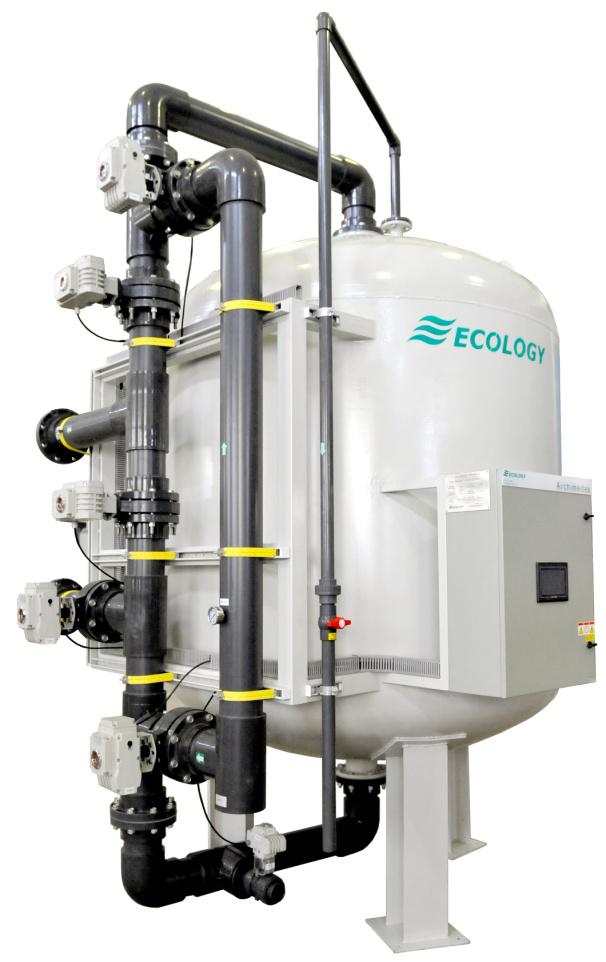| Activated Carbon Filter | ||||||||
| ACF MELTER |
|
|||||||
| Carbon filtering is a method of filtering that uses a bed of activated carbon to remove contaminants and impurities, using chemical adsorption. Each particle/granule of carbon provides a large surface area/pore structure, allowing contaminants the maximum possible exposure to the active sites within the filter media. Activated carbon works via a process called adsorption, whereby pollutant molecules in the fluid to be treated are trapped inside the pore structure of the carbon substrate. Carbon filtering is commonly used for water purification. Carbon filters are most effective at removing chlorine, sediment, volatile organic compounds (VOCs), taste and odor from water. They are not effective at removing minerals, salts, and dissolved inorganic compounds. Activated carbon is small granular, it has large surface; moreover, tiny holes (capillary) are in the granular. The kind of capillary has strong adsorption capacity. It can touch with impurities enough because of the large surface of granular. When the impurities are absorbed by capillary, the water is purified. After long process of filtration and absorption, large quantity of organic matter may clog capillary on the surface of the activated carbon. This will lead to activated carbon filter adsorption ability greatly reduced, adsorption effect also drops. Under this condition, activated carbon filter needs to be cleaned or replaced on a regular period. Be applied to 1.Swimming Pool 2.Artificial landscape 3.Drinking Water 4.Pretreatment for RO 5.Industrial Process Water Supply 6.Power Station Water Supply 7.Boiler Feed Water 8.Circulating Cooling System 9.Air Conditioning Cooling Water 10.Seawater Desalination Plant 11.Oilfield reinjection water 12.Gray water Reuse 13.Sewage Treatment 14.Wastewater Treatment |
||||||||
|
||||||||
| Rugged design Special structure of design for the water distribution Full automatic control, virtually maintenance free |
||||||||
|
||||||||
| Naming Rule MELTER ACF【N1】T 【N2】H.【N3】.【N4】.【N5】.【N6】.【N7】 N1: Integer Part of Capacity, unit in m3 (tons) per hour N2: Decimals Part of Capacity, unit in m3 (tons) per hour N3: Method of Washing N4: Type of Control N5: Control Method of Washing N6: Material of Vessel N7: Internal Anti-corrosion e.g. MELTER ACF20TH.A.AE.T.SS Meaning Activated Carbon Filter Capacity: 20m3/hr Type of Control: 5 sets of Motor Valve Method of Washing: Air Blower Control Method of Washing: Timer Control Material of Vessel: Stainless Steel Internal Anti-corrosion: None |
||||||||
|
||||||||
|
||||||||
 |
||||||||
|
||||||||
| Foundation Requirement Activated Carbon Filter needs a solid concrete foundation to withstand the operating weight of the filter. We suggest that the foundation of Activated Carbon Filter needs professional design to ensure sufficient strength, smooth and effective fixing. Installation Requirement Seat the Activated Carbon Filter according to designed layout, each inter space should be accurate. Pipe arrangement of raw water inlet pipe, water outlet pipe and sewage backwash outlet pipe according to pipe design standard is necessary. |
||||||||
|
||||||||
|
|
||||||||
Copyright 2012 ECOLOGY INTERNATIONAL LIMITED.